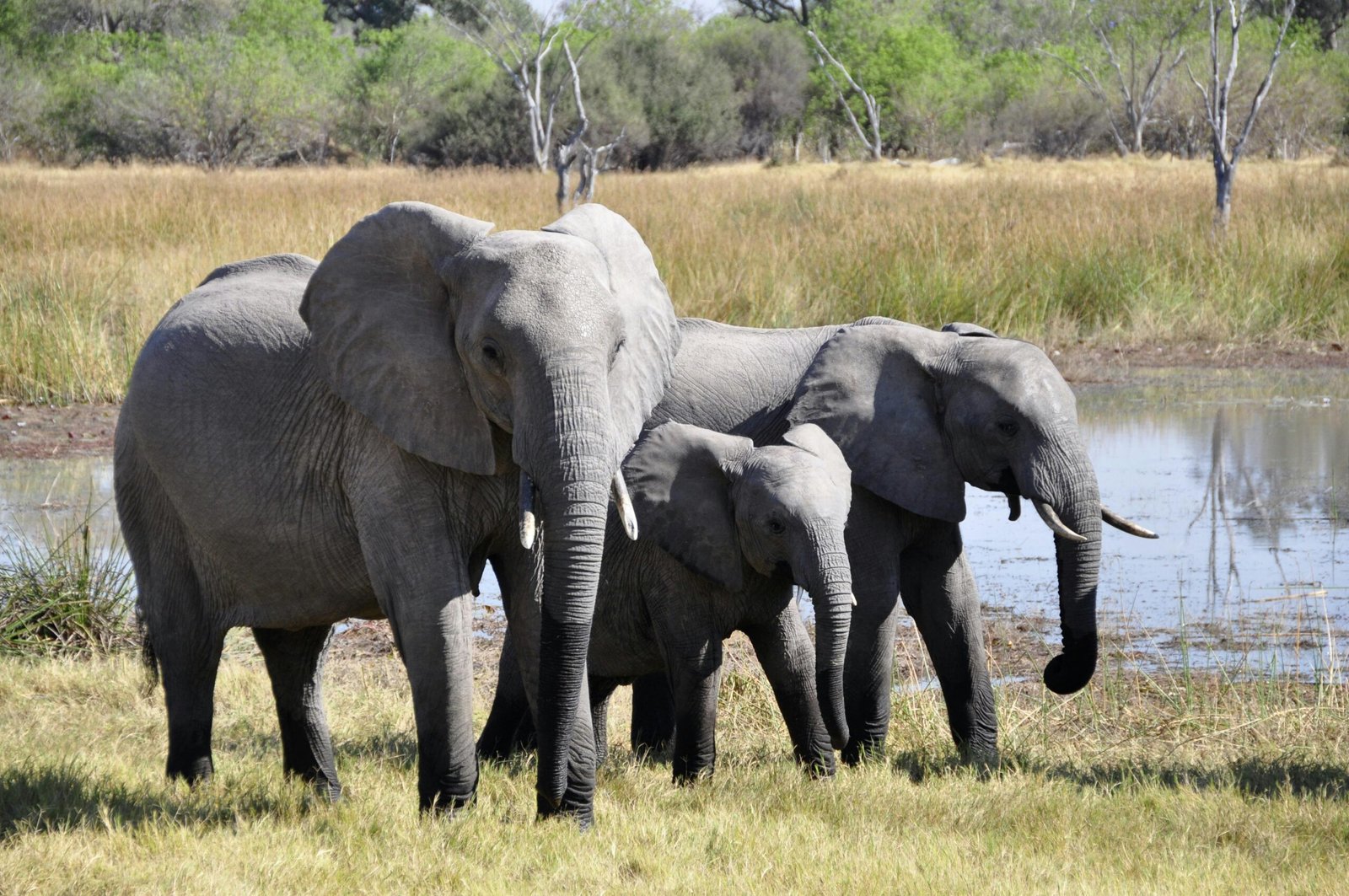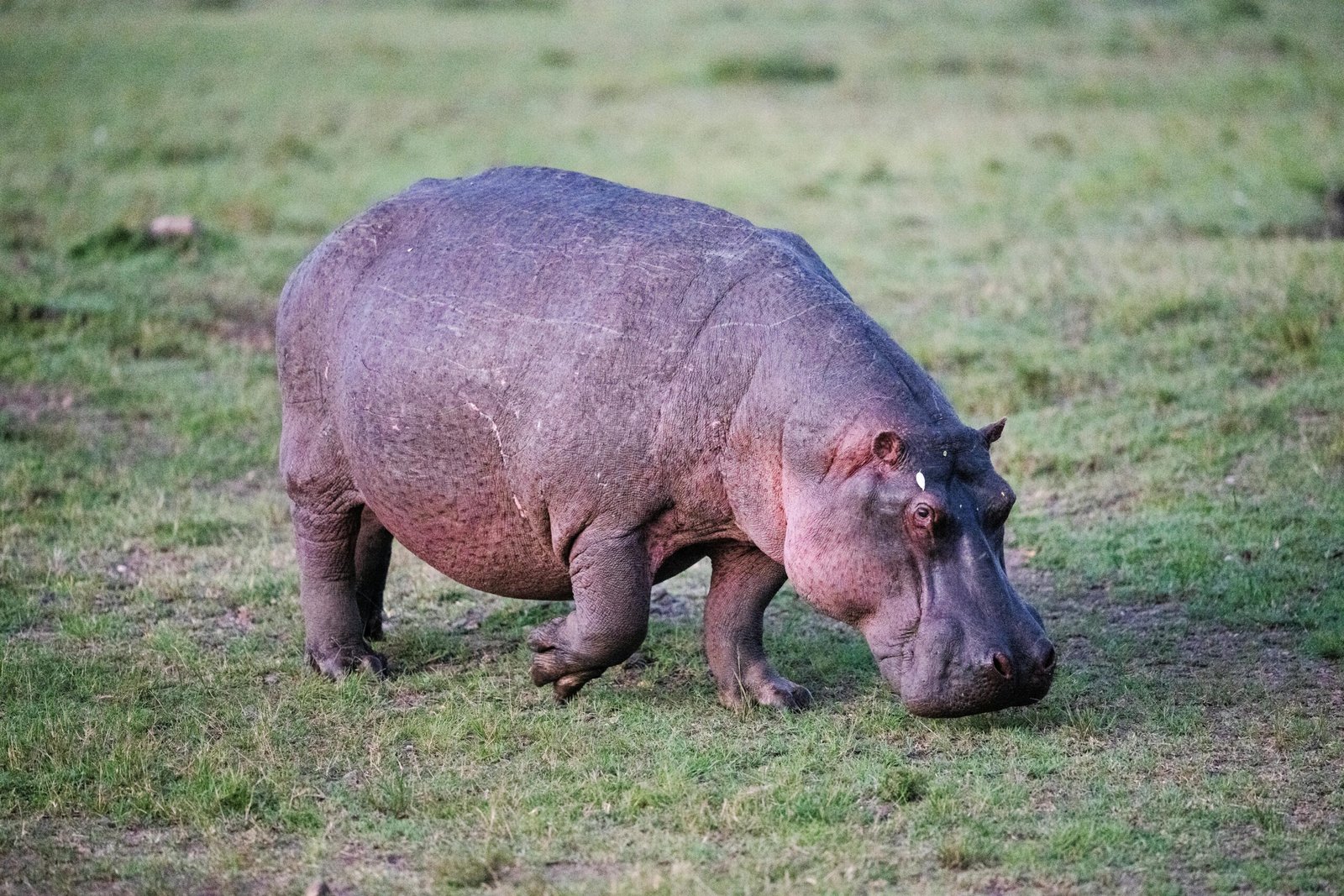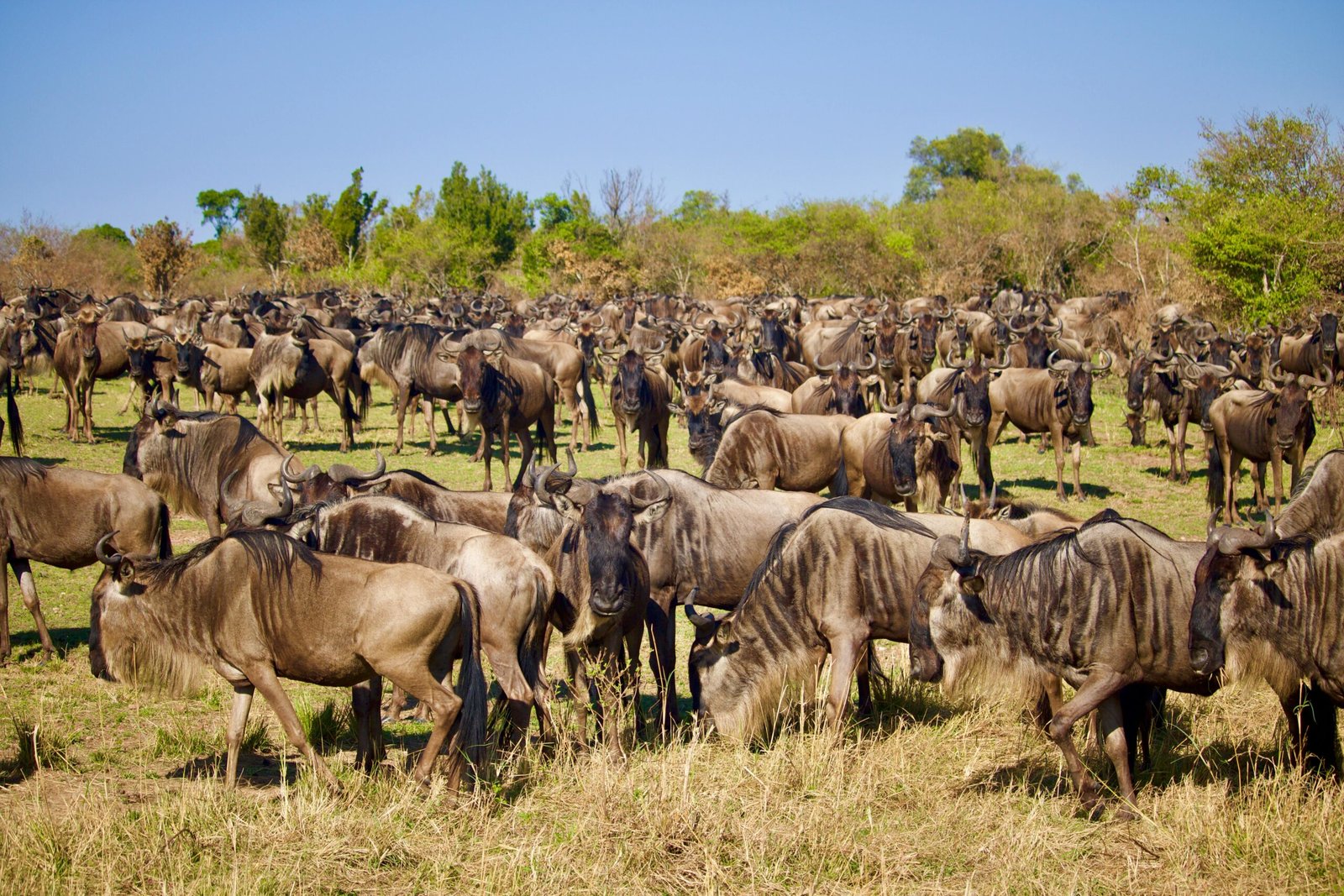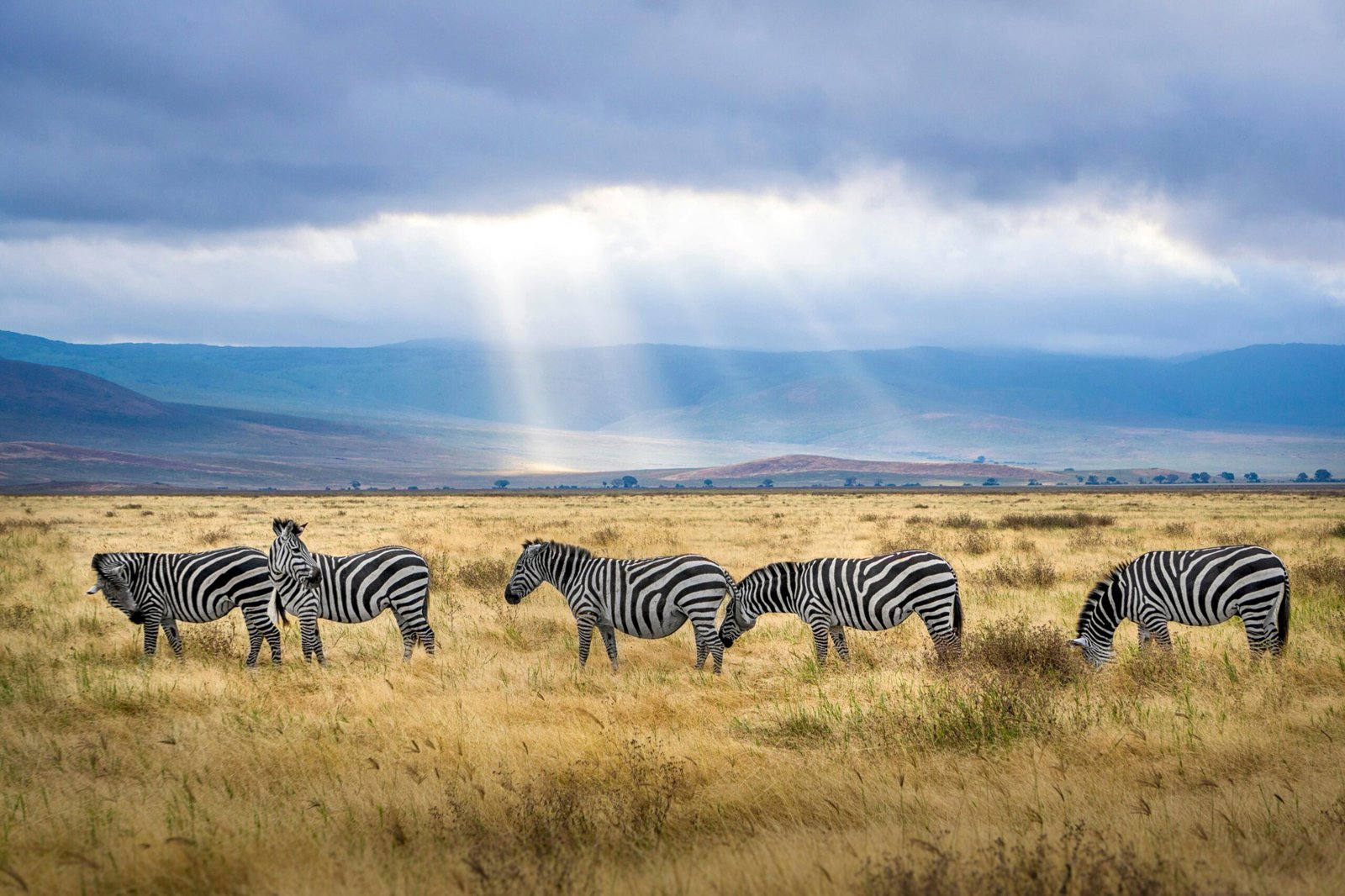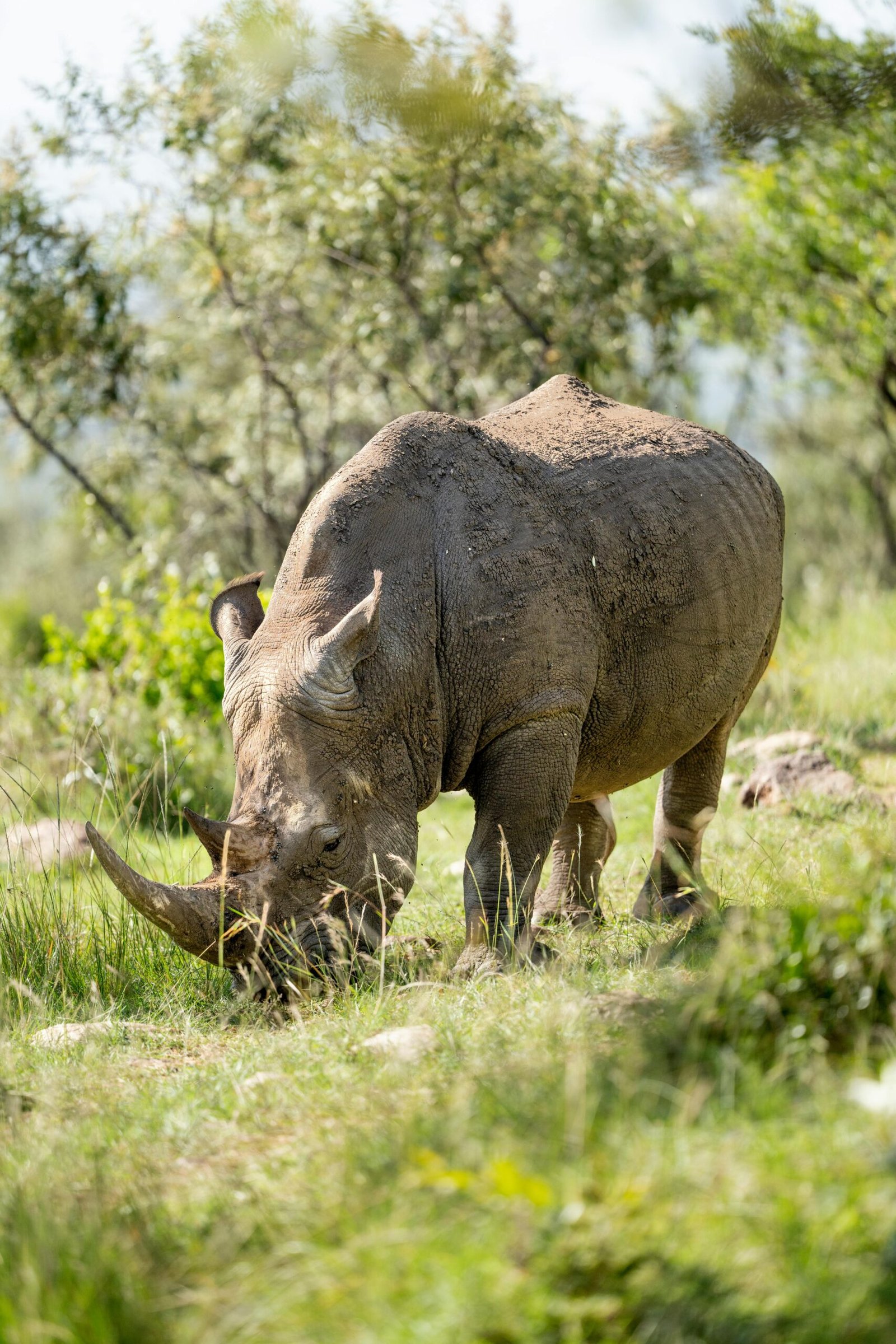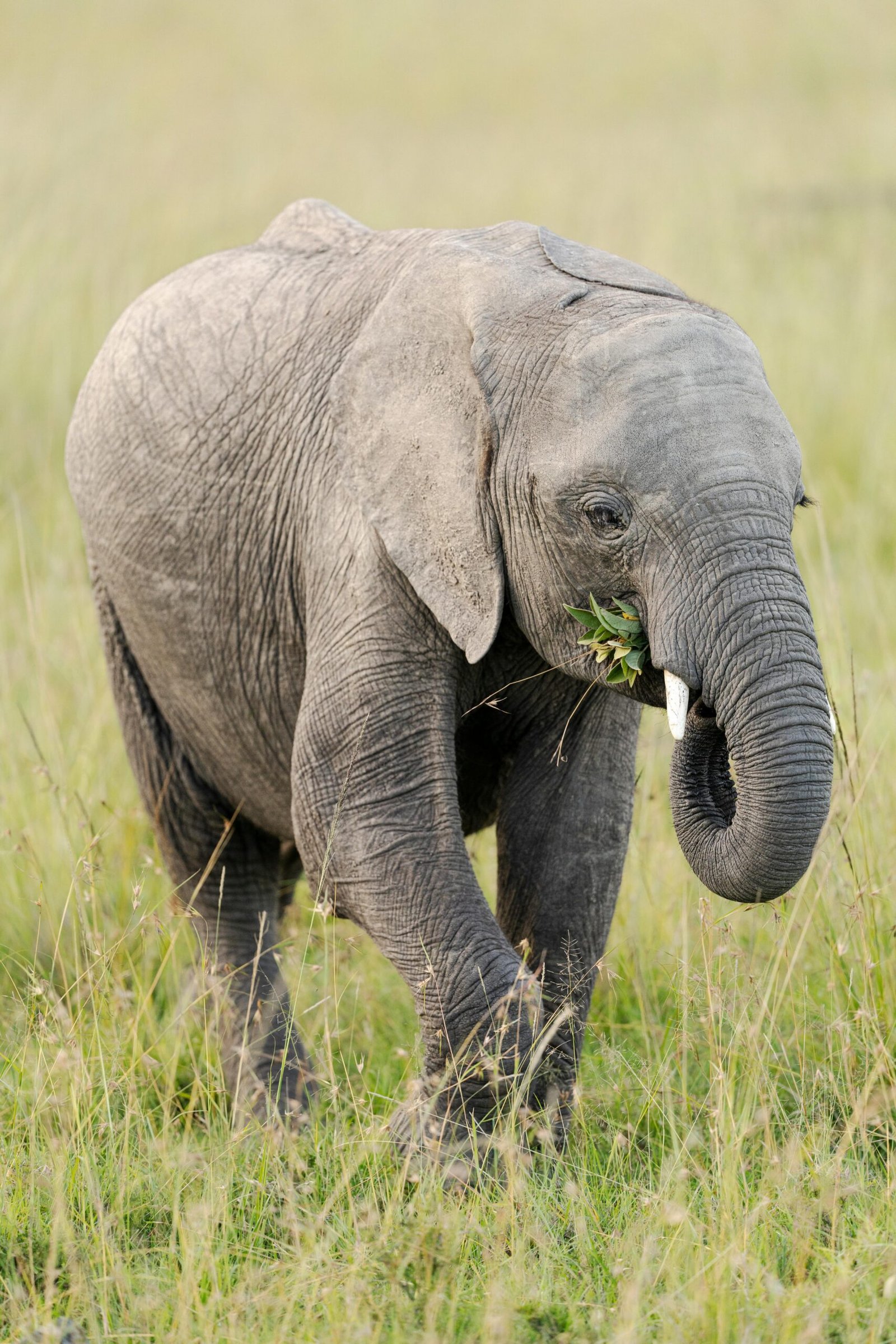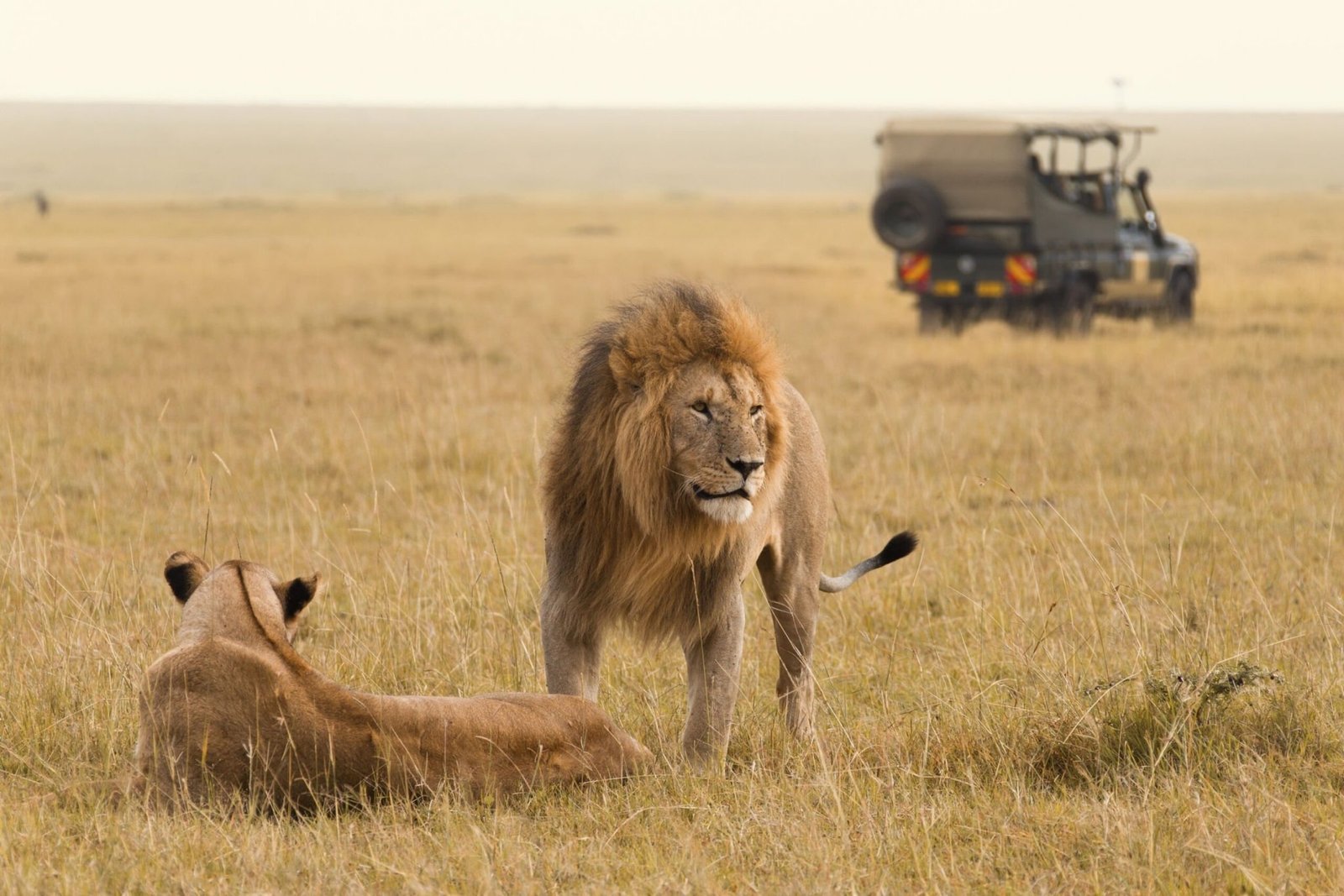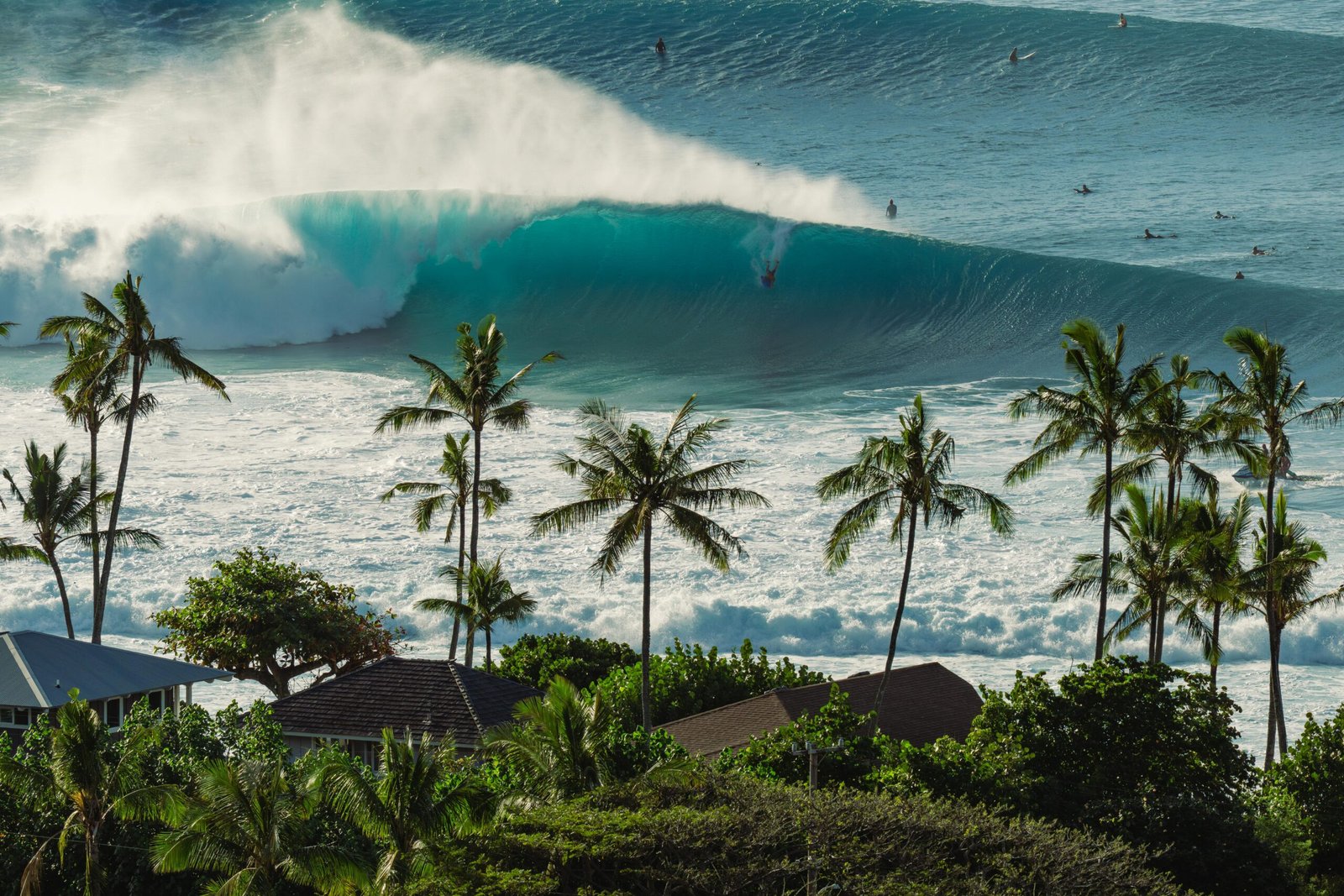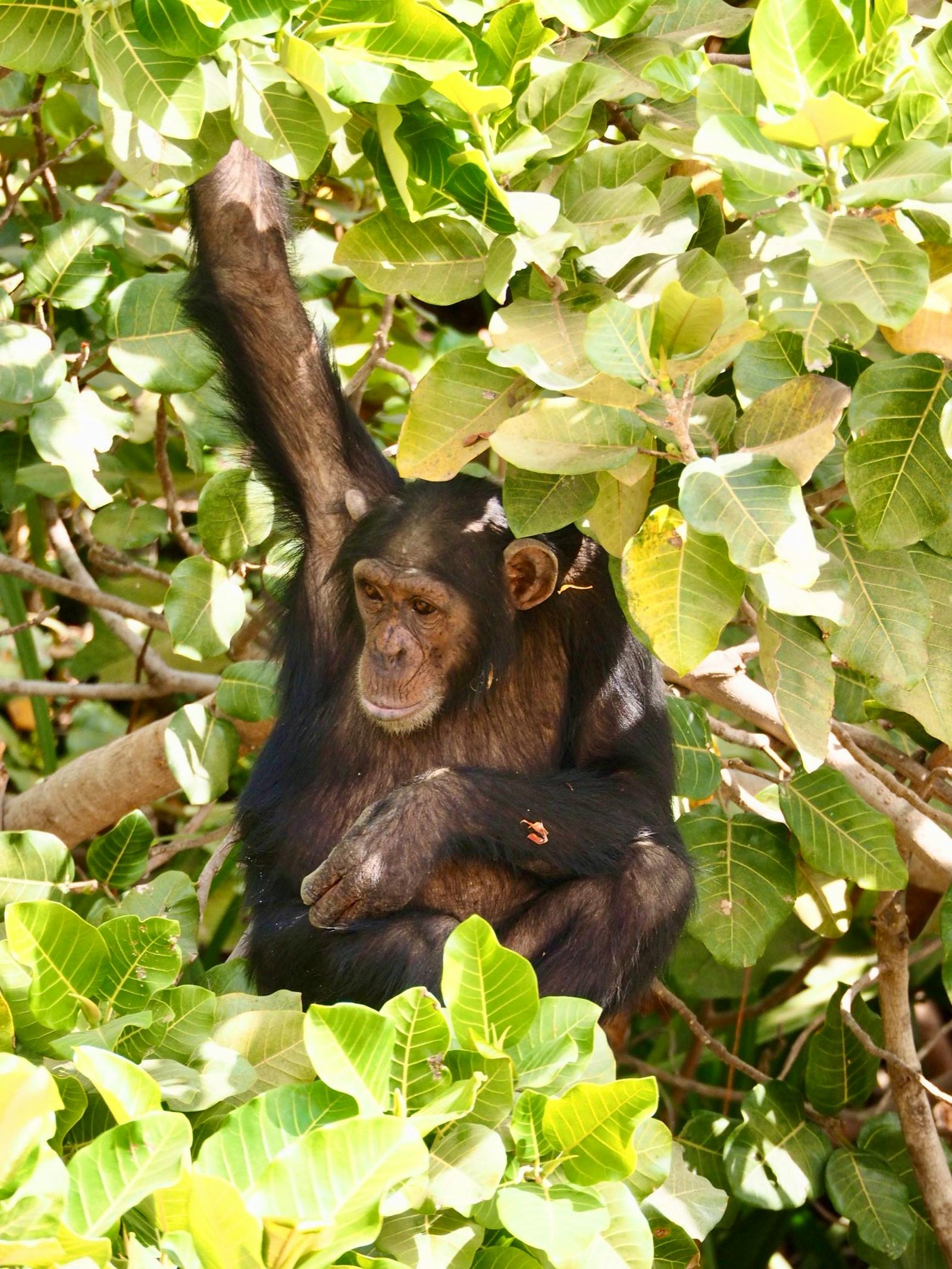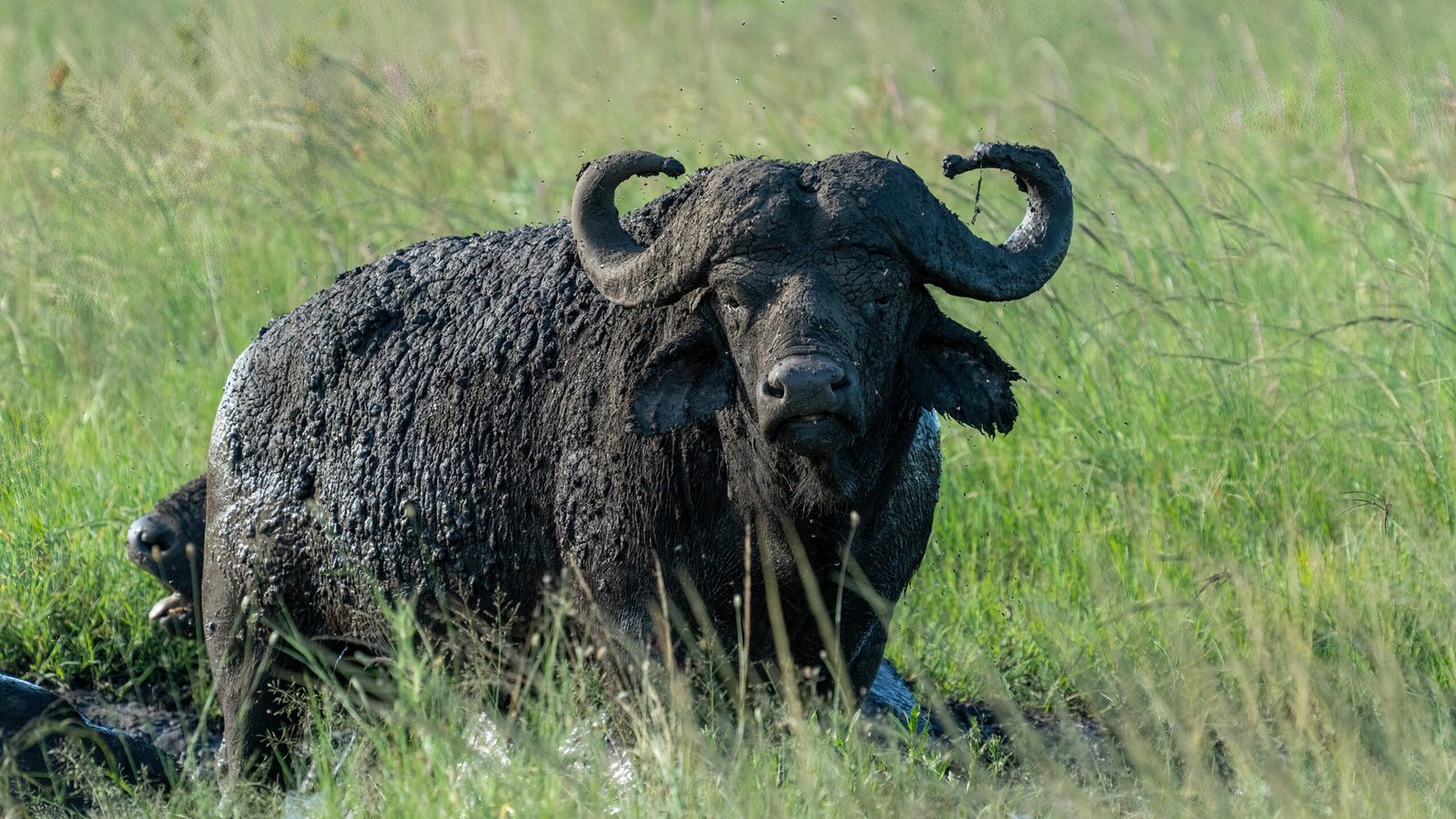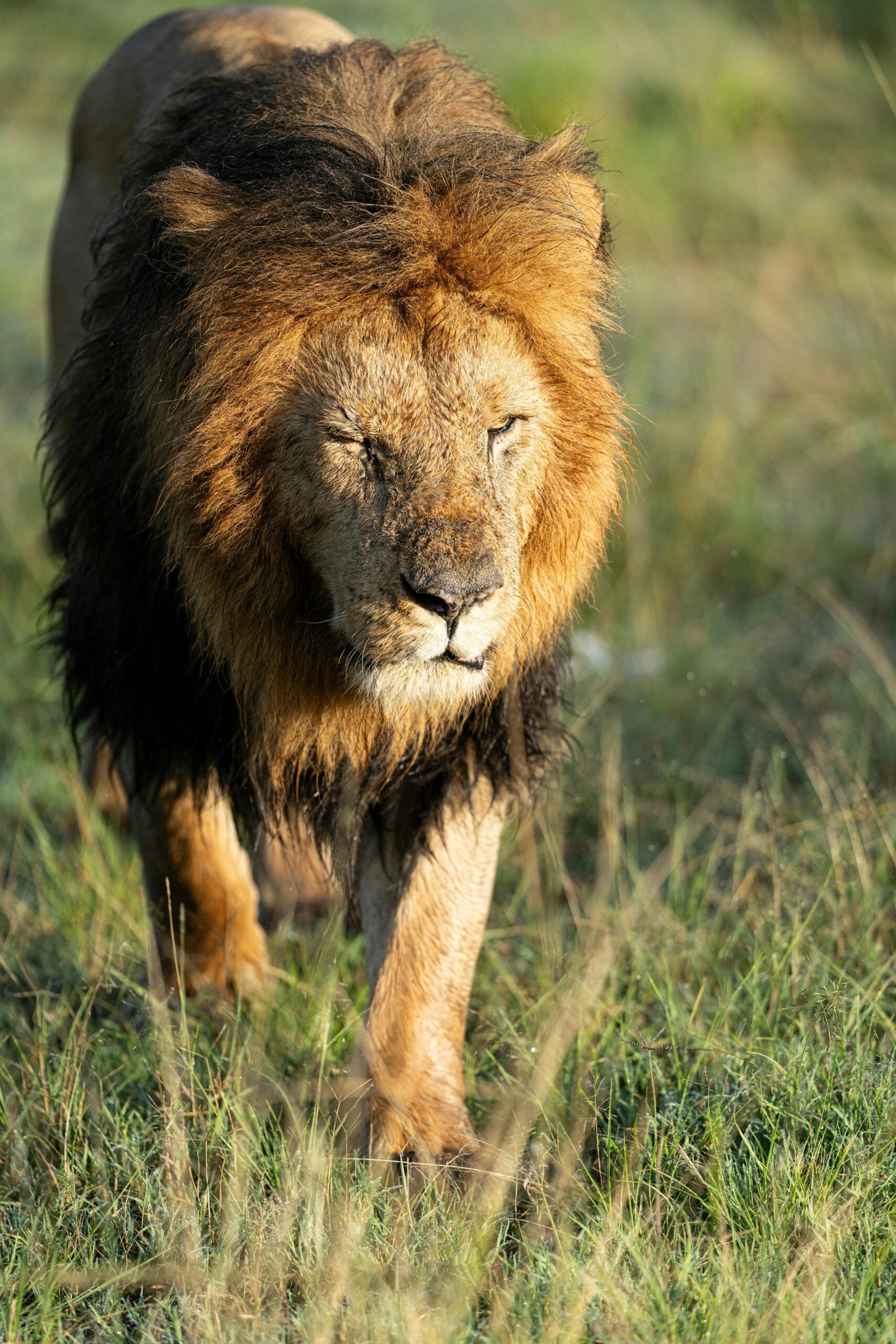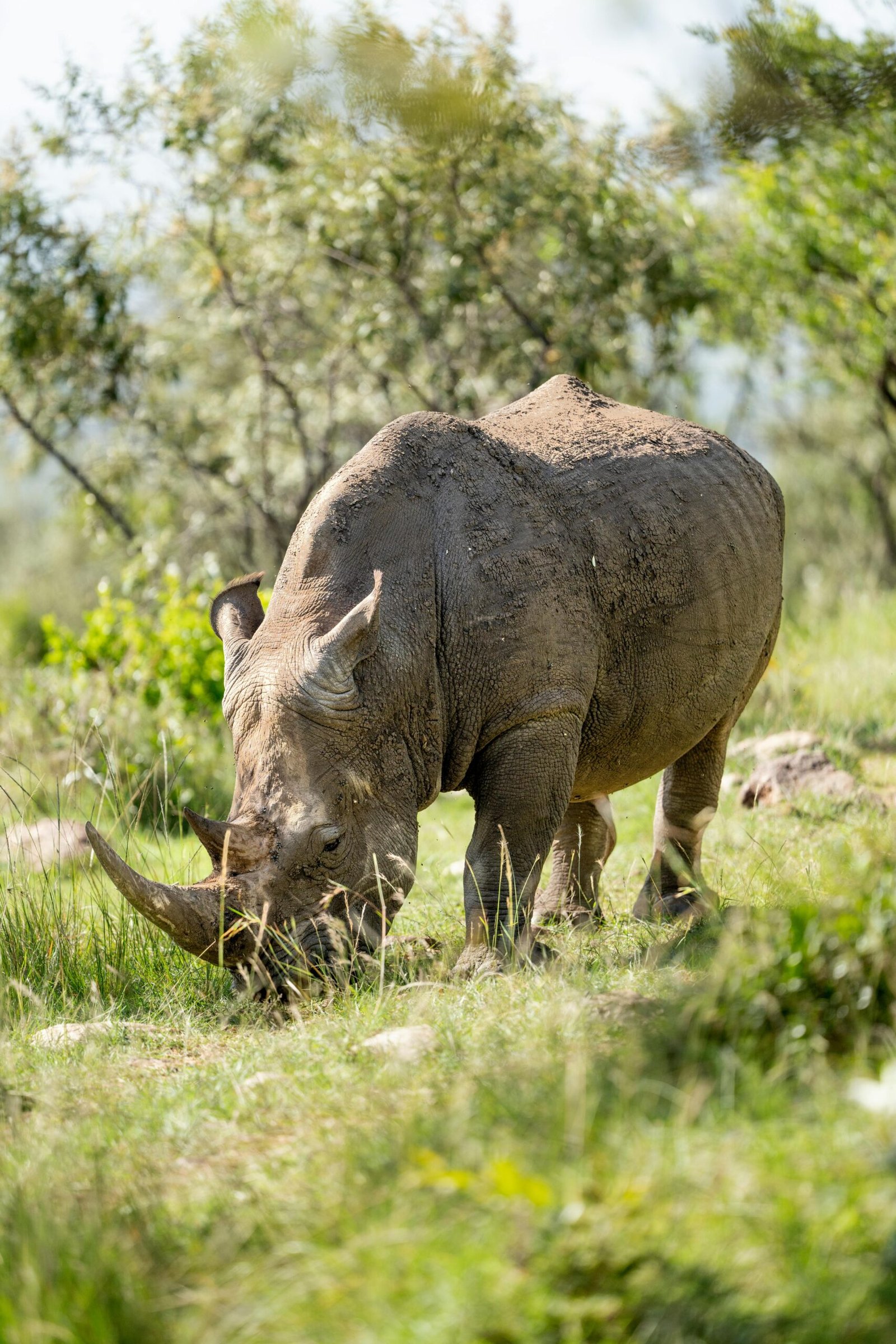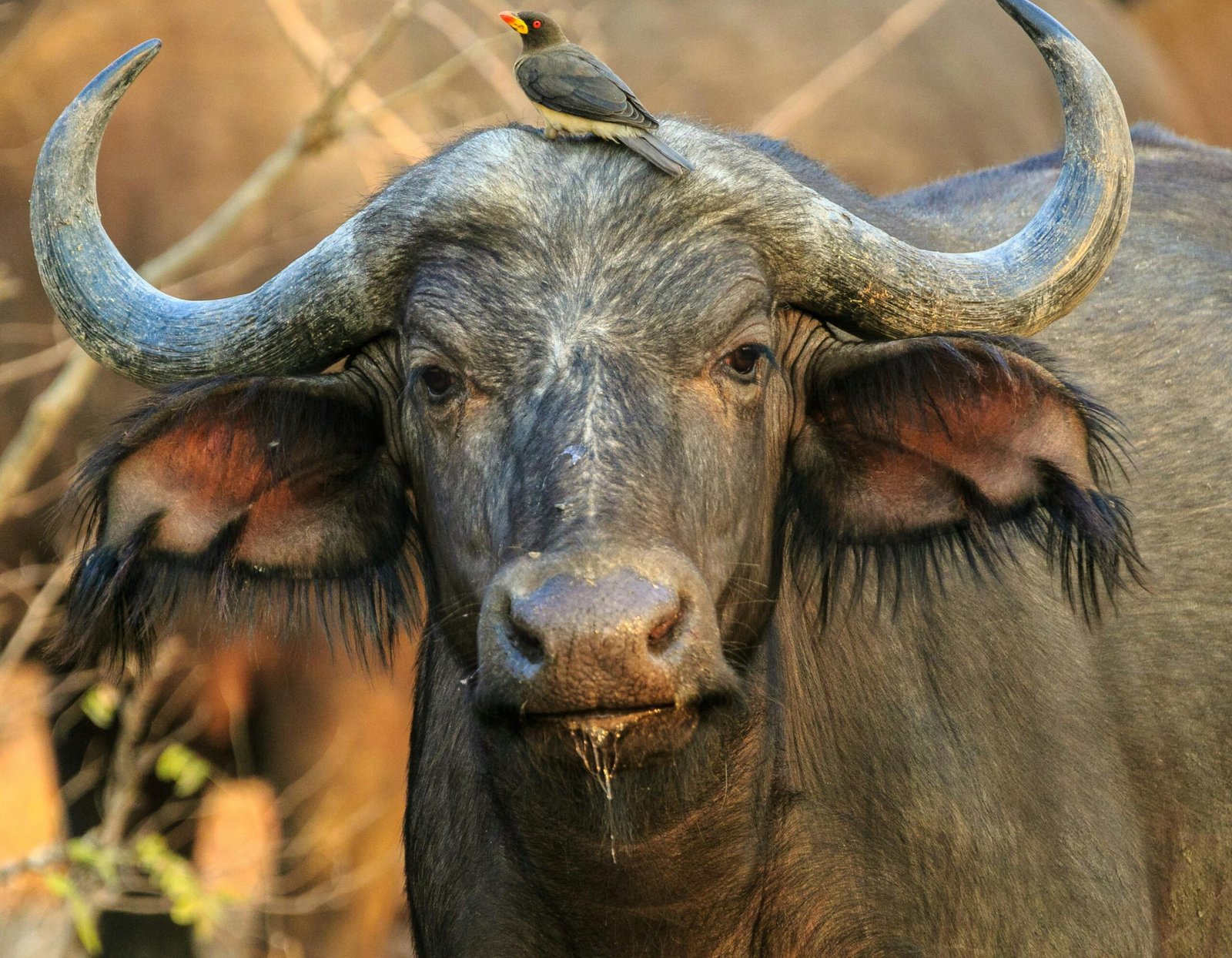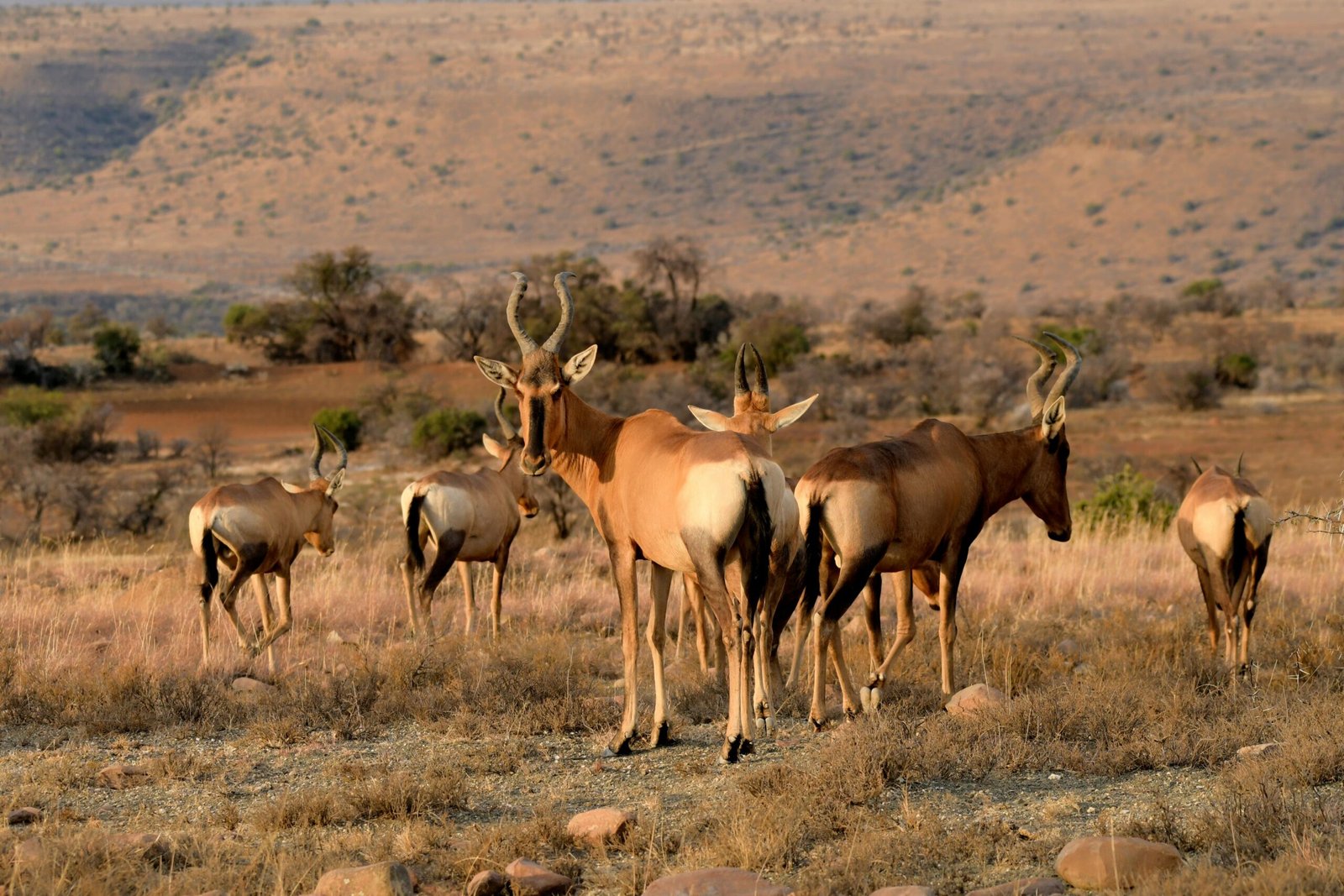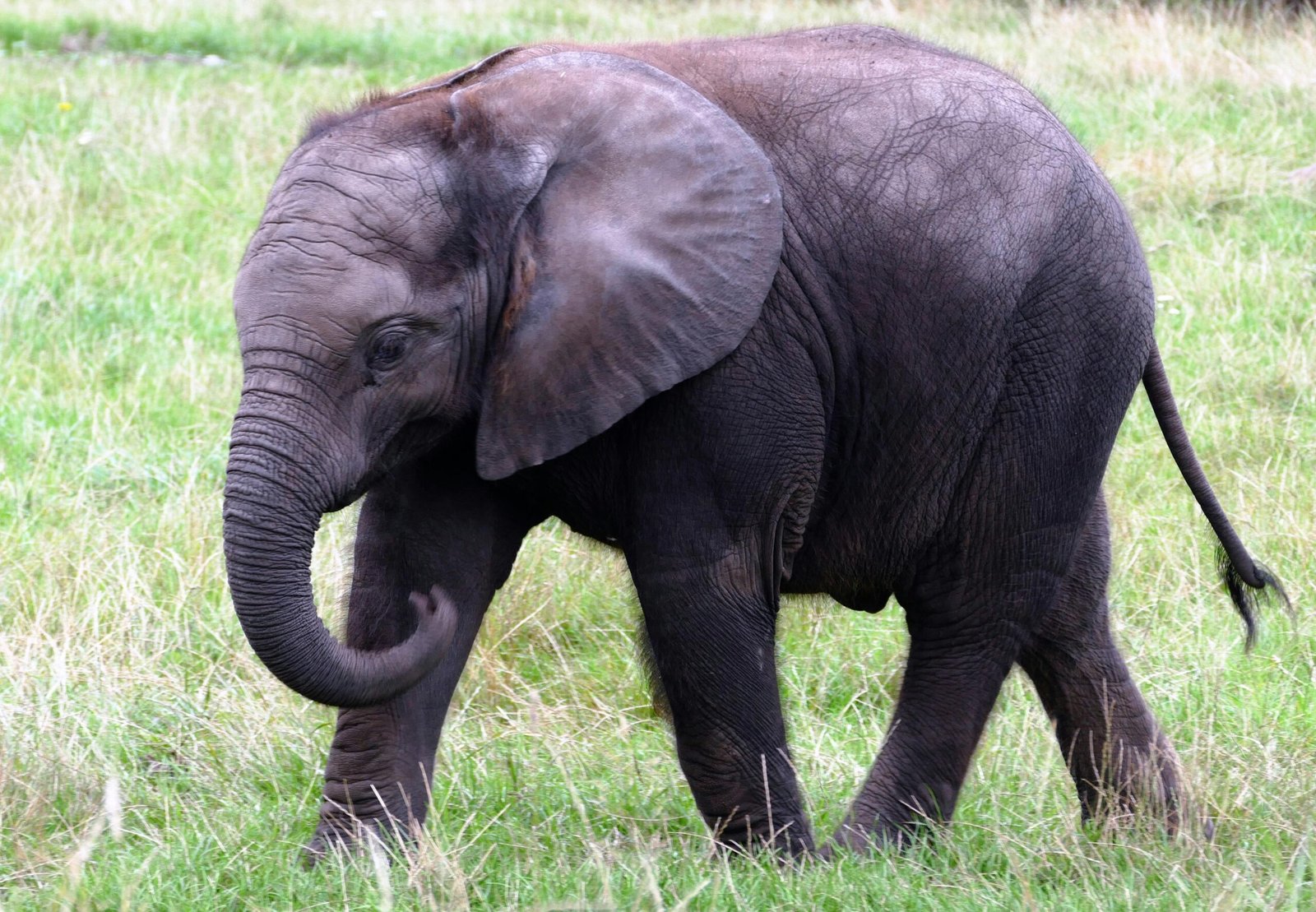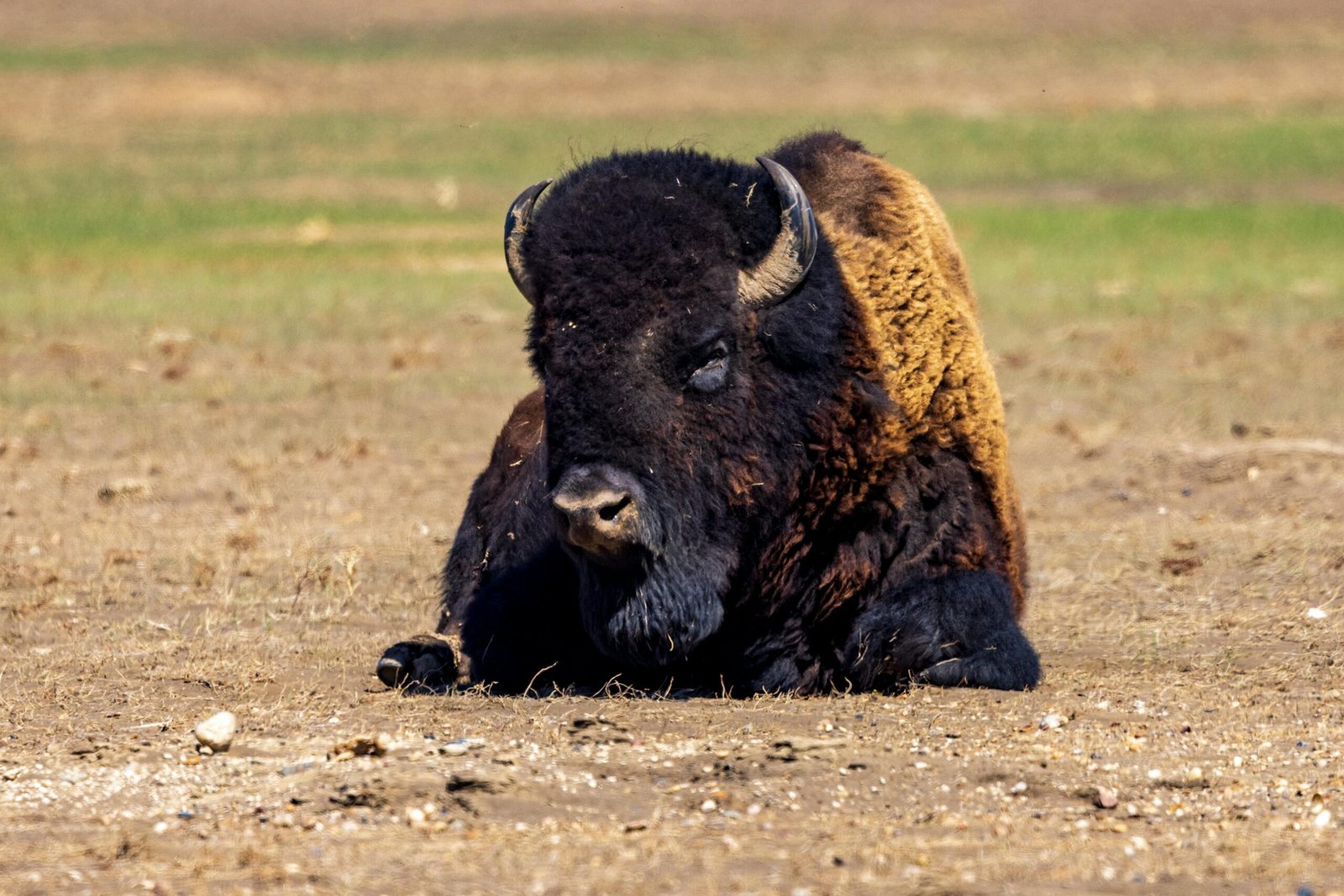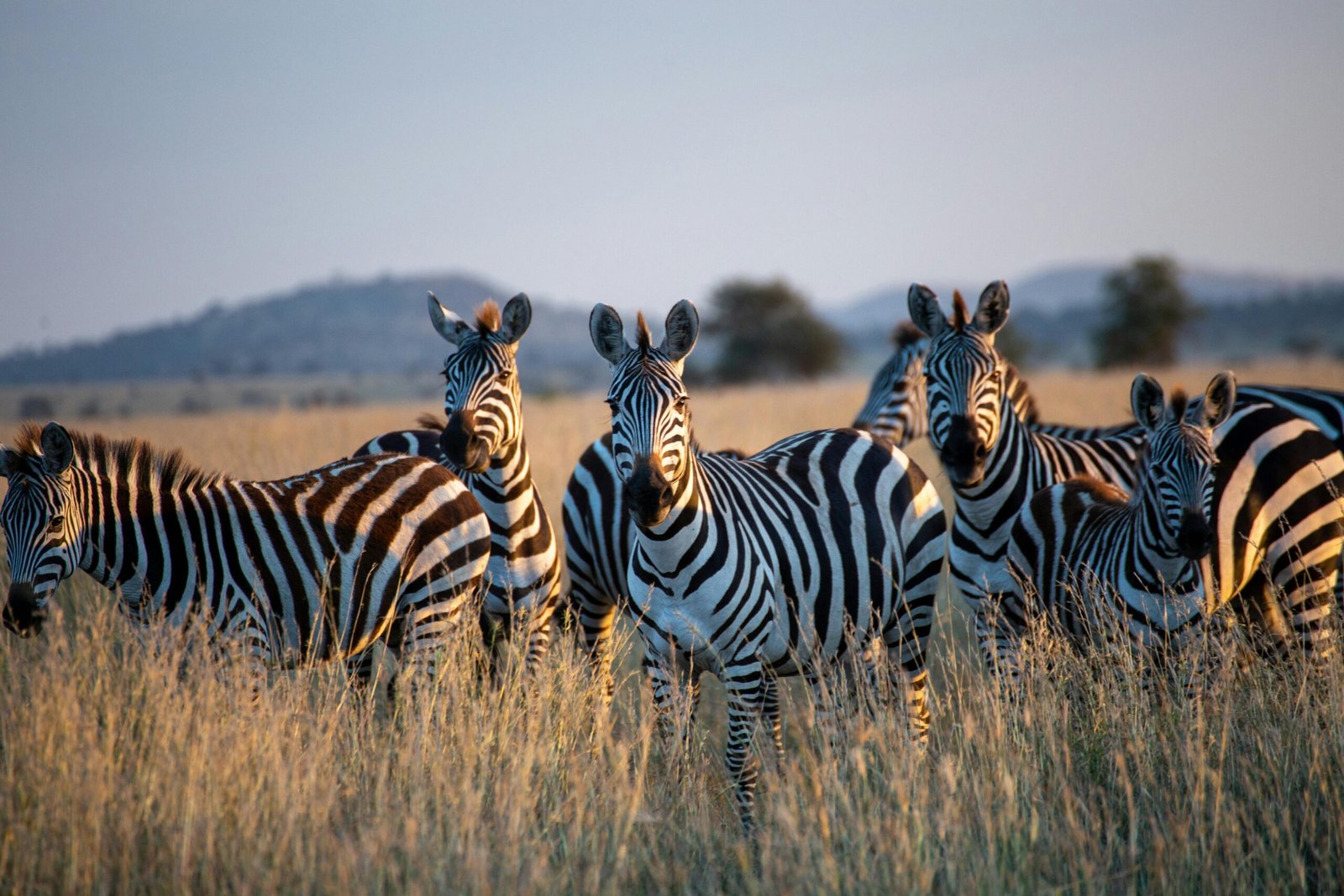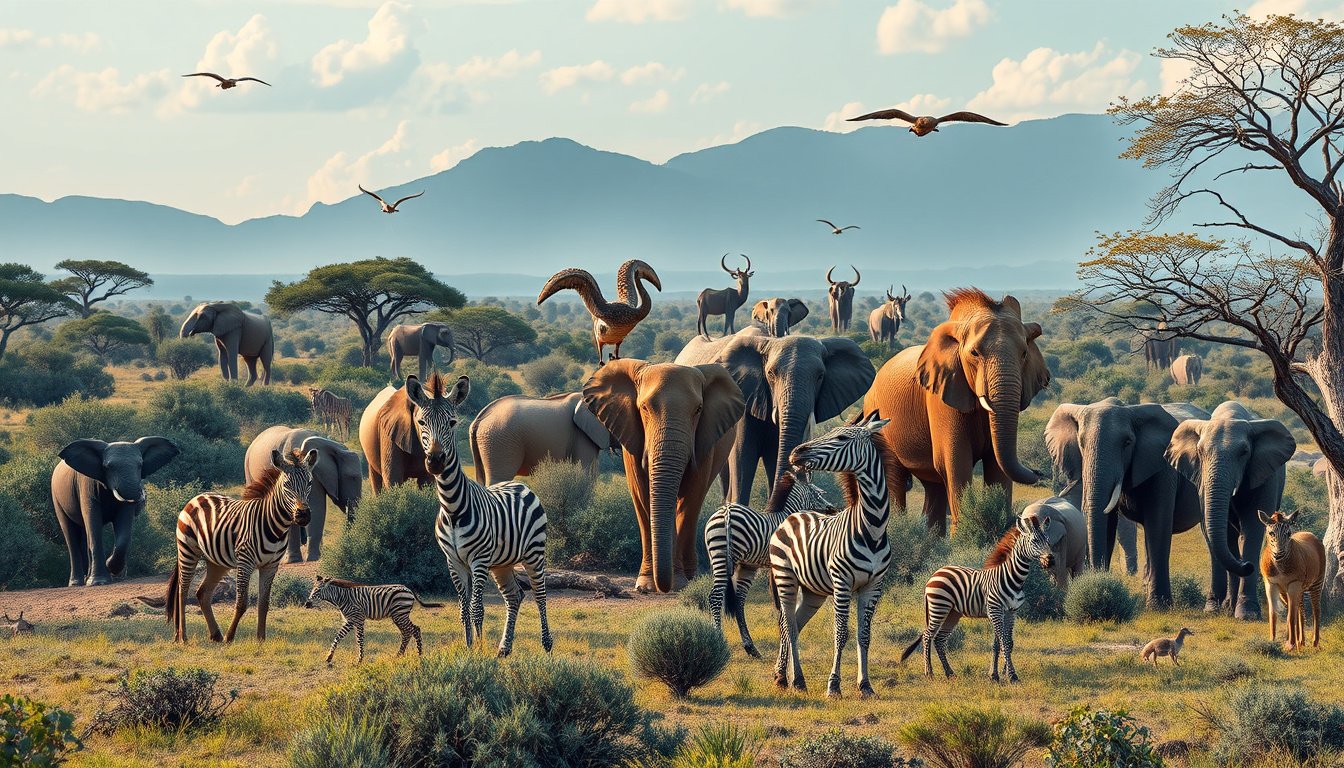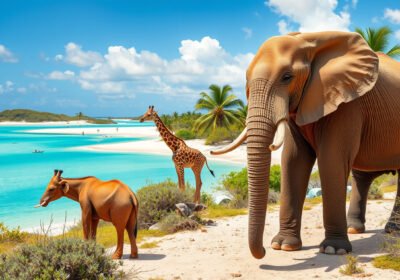Embarking on a safari is an exhilarating adventure, offering the unique opportunity to observe extraordinary wildlife in their natural habitats. However, capturing the essence of these fleeting moments through the lens of your camera can be a daunting task. In this article, we will explore essential photography tips for capturing wildlife on safari, ensuring that you not only take stunning photographs but also create memorable experiences. From understanding wildlife behavior to post-processing techniques, we’ve got you covered with insights that will transform your safari photography.

Key Takeaways
- Understanding animal behavior can significantly increase your chances of capturing stunning wildlife images.
- Investing in the right gear, including a telephoto lens, is essential for successful wildlife photography.
- Using optimal camera settings, like fast shutter speeds, helps freeze motion and capture sharp photos of animals.
- The best times for wildlife encounters are typically early mornings and late afternoons when animals are most active.
- Effective composition techniques, such as the rule of thirds, can enhance the visual impact of your wildlife photos.
Understanding Wildlife Behavior
Understanding wildlife behavior is crucial for photographers looking to capture stunning images during a safari. Animals often exhibit unique patterns and reactions based on their environment, time of day, and social habits. By familiarizing yourself with these behaviors, you can enhance your chances of snapping that perfect shot. For instance, many predators are most active during the early morning and late afternoon, making these golden hours ideal for wildlife photography. Pay attention to the animals’ movements; if you notice a herd of elephants approaching a waterhole, position yourself for a dynamic shot as they interact. Additionally, being patient and observing quiet moments can lead to remarkable images, such as a lioness grooming her cubs. These photography tips for capturing wildlife on safari emphasize not just technical skills but also the importance of understanding the creatures in their natural habitat, allowing photographers to create compelling and authentic narratives through their lens.
Choosing the Right Gear
When planning a safari adventure, choosing the right gear is crucial for any photographer looking to capture stunning wildlife images. Among the essential photography tips for capturing wildlife on safari, investing in a quality camera with a long lens is paramount; a telephoto lens, ideally between 300mm to 600mm, allows you to zoom in on animals from a safe distance without disturbing them. Additionally, consider a sturdy tripod or a monopod, which can help stabilize your shots, especially in low-light conditions during sunrise or sunset. Don’t forget to pack extra batteries and memory cards—wildlife photography often means long hours in the field where every moment counts. Also, lightweight clothing that blends in with the environment can help you stay comfortable while remaining inconspicuous to animals. Ultimately, the right gear tailored to your safari experience will enhance your chances of capturing breathtaking images.
‘The best camera is the one you have with you.’ – Chase Jarvis

Optimal Camera Settings for Wildlife Photography
When embarking on a safari adventure, knowing the optimal camera settings can significantly improve your photography. One key photography tip for capturing wildlife on safari is to use a fast shutter speed to freeze motion; animals can be unpredictable, so settings between 1/500 and 1/2000 seconds are ideal, especially when photographing fast-moving subjects. Additionally, setting a wide aperture, such as f/4 or f/5.6, helps to isolate the animal from the background, creating a pleasing bokeh effect. It’s also crucial to increase your ISO to accommodate varying light conditions—consider using ISO 400 to 800 in shaded areas, while bright sunlight may allow you to use lower settings. Remember to adjust your white balance based on the time of day to ensure accurate colors in your images. Lastly, utilizing continuous autofocus (AI-Servo for Canon users, AF-C for Nikon) is essential in wildlife photography to keep up with animals in motion. By mastering these settings, you can enhance your ability to capture stunning wildlife photographs that tell a story of your safari experience.
Best Times for Wildlife Encounters
When venturing out on safari, one of the most exhilarating experiences is witnessing wildlife in their natural habitat. To enhance your chances of capturing stunning images, make sure to pay attention to the best times for wildlife encounters. Early mornings and late afternoons are typically when animals are most active; this is when you’re likely to catch them hunting, feeding, or engaging in social behaviors. During these golden hours, the soft, warm light enhances your photographs, making them more visually appealing. For photography tips for capturing wildlife on safari, remember to bring a telephoto lens to get closer shots without disturbing the animals. Additionally, try to familiarize yourself with the animals’ routines and behaviors to anticipate their movements. Preparing in advance can significantly increase your odds of snapping that perfect shot while also respecting the wildlife and their environment.

Techniques for Getting Closer to Animals
Capturing the beauty of wildlife on safari requires not only patience but also the right techniques to bring you closer to your subjects without disturbing them. Whether you are an amateur photographer or a seasoned pro, understanding some key photography tips for capturing wildlife on safari can make a significant difference in your images. Start by using a telephoto lens to maintain a respectful distance while still achieving stunning detail in your shots. Additionally, ensure you are aware of animal behavior; knowing when animals are most active can help you position yourself for the perfect capture. Consider using a higher shutter speed to freeze motion, especially when photographing animals on the move. Lastly, experiment with different lighting conditions; the golden hour just after sunrise or before sunset often provides the most flattering light. By employing these photography tips, you can create striking images that tell the story of wildlife in their natural habitat.
Composition Tips for Stunning Wildlife Images
Capturing stunning wildlife images on safari requires a keen eye for composition alongside technical photography skills. To elevate your photography game, consider these essential photography tips for capturing wildlife on safari. First, always aim to follow the rule of thirds; imagine dividing your frame into a grid of nine equal sections and position your subject along these lines or their intersections for a more balanced and engaging image. Secondly, be mindful of your background; a cluttered backdrop can distract from your subject, so look for clean, contrasting backgrounds that allow your wildlife to stand out. Additionally, experiment with different perspectives; kneel down for a low-angle shot or find an elevated position to provide unique viewpoints that can transform an ordinary shot into something extraordinary. Utilizing natural light is also crucial; early mornings or late afternoons, known as the golden hours, provide softer light that enhances colors and textures in your images. Lastly, always be patient and ready; animals are unpredictable, and some of the best shots come from waiting for the perfect moment to unfold. By adopting these photography tips for capturing wildlife on safari, you’ll not only improve your composition skills but also create breathtaking images that tell a story.

Post-Processing Tips to Enhance Your Photos
Post-processing is an essential step in enhancing your wildlife photographs taken on safari. After a long day of exploring nature, the magic continues behind the camera as you fine-tune your images to truly reflect the breathtaking moments you’ve captured. One effective photography tip for capturing wildlife on safari is to shoot in RAW format, as it offers greater flexibility in editing your photos. Use software like Adobe Lightroom or Photoshop to adjust the exposure and contrast, helping to bring out the rich colors and intricate details of your subjects. Moreover, don’t hesitate to enhance sharpness and clarity, particularly for individual animals where you want every tuft of fur or feather to stand out. Applying subtle noise reduction can also improve the quality of your images, especially those taken in low light. Finally, consider cropping your photos to focus more closely on the wildlife, effectively drawing the viewer’s eye to the subject while removing distracting backgrounds. By implementing these post-processing tips, you’ll elevate your wildlife photography from ordinary to extraordinary, capturing the essence of your safari adventure.
Frequently Asked Questions
What are the best times for wildlife photography on safari?
The best times for wildlife photography are typically early in the morning and late afternoon when animals are most active and the lighting is softer, providing ideal conditions for images.
What camera gear do I need for wildlife photography?
For wildlife photography, a DSLR or mirrorless camera with a telephoto lens (200mm or longer) is recommended. A sturdy tripod or monopod, extra batteries, and memory cards are also essential.
How can I get closer to wildlife without disturbing them?
To get closer to wildlife, be patient, use stealth, and consider using a blind or hide. Stay aware of the animal’s behavior and approach slowly to avoid startling them.
What are some composition tips for wildlife photography?
Use the rule of thirds, ensure the animal’s eyes are in focus, and include some of the animal’s natural environment for context. Experiment with different angles and perspectives to enhance your images.
How can I enhance my wildlife photos in post-processing?
In post-processing, adjust exposure and contrast, sharpen details, and consider cropping for better composition. Using software like Lightroom or Photoshop can help to bring out the colors and details in your wildlife images.

